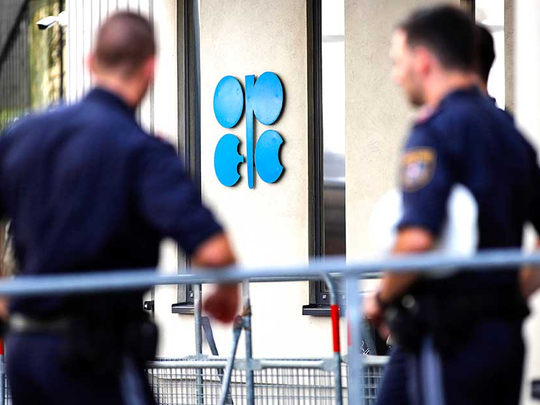
There is no denying the central role the OPEC+ grouping plays in stabilizing oil markets and, by extension, taking care of the interests of oil producing and exporting countries. This is clearly evidenced as oil markets gauge price trends between meetings of the grouping.
The disparity in opinions between member countries has shrunk significantly as compared to the past, when OPEC meetings often used to last days without reaching a final agreement. Current meetings take only a few hours thanks to prior agreements between major producers and exporters, and the positive results reflected for all member-states.
This is a remarkable development that echoes the maturity OPEC has reached in the 60 years of its existence. This is manifested in the watchfulness characterizing decisions, which are given due weightage to ensure acceptance by markets and everyone who would have a stake in the industry.
Slowed down by virus
At its latest meeting over the weekend, all these dynamics would have been under consideration, plus those brought about by COVID-19. Unfortunately, new strains of coronavirus have spread following the encouraging opening up of oil-consuming countries in January and February after a relative decline was reported in the number of infections.
This has led to a new wave of closures of economic activities, especially in Western European, which lag behind in COVID-19 vaccinations due to many reasons. May is expected to see some improvement in containing the virus again, which means that there is potential to stimulate new business activity.
The process of filling oil reserves in many regions will begin in July and August in preparation for winter, which will lead to a rise in demand for oil and its derivatives.
Balance the supply
This is why the OPEC+ group’s decisions last week were cautious and raises the prospects for positives, as members decided to increase their output conservatively by 350,000 barrels per day in May and June and then by 400,000 barrels a day in July.
Global markets initially responded positively, taking the price of a barrel of Brent from $62.5 to $65. However, the closure of some economies in Europe, like France, again led oil prices to drop to $63 at the beginning of this week.
The picture looks relatively clear for the next four months, which is important as that would remove a lot of uncertainty exploited by speculators.
This is because the size of supplies will remain almost constant, with expected increases in demand likely to be absorbed by Iranian oil and slight increases in oil production by Russia and Kazakhstan. There is also the gradual resumption of more Saudi oil during the period from May to July, after Saudi Arabia had phased out its voluntary cut of 1 million oil barrels a day.
Unless there are other external shocks, oil prices suggest upward expectations from the third quarter to around $70 a barrel… and even exceed it.
-- Mohammed Al Asoomi is a specialist in energy and Gulf economic affairs.








